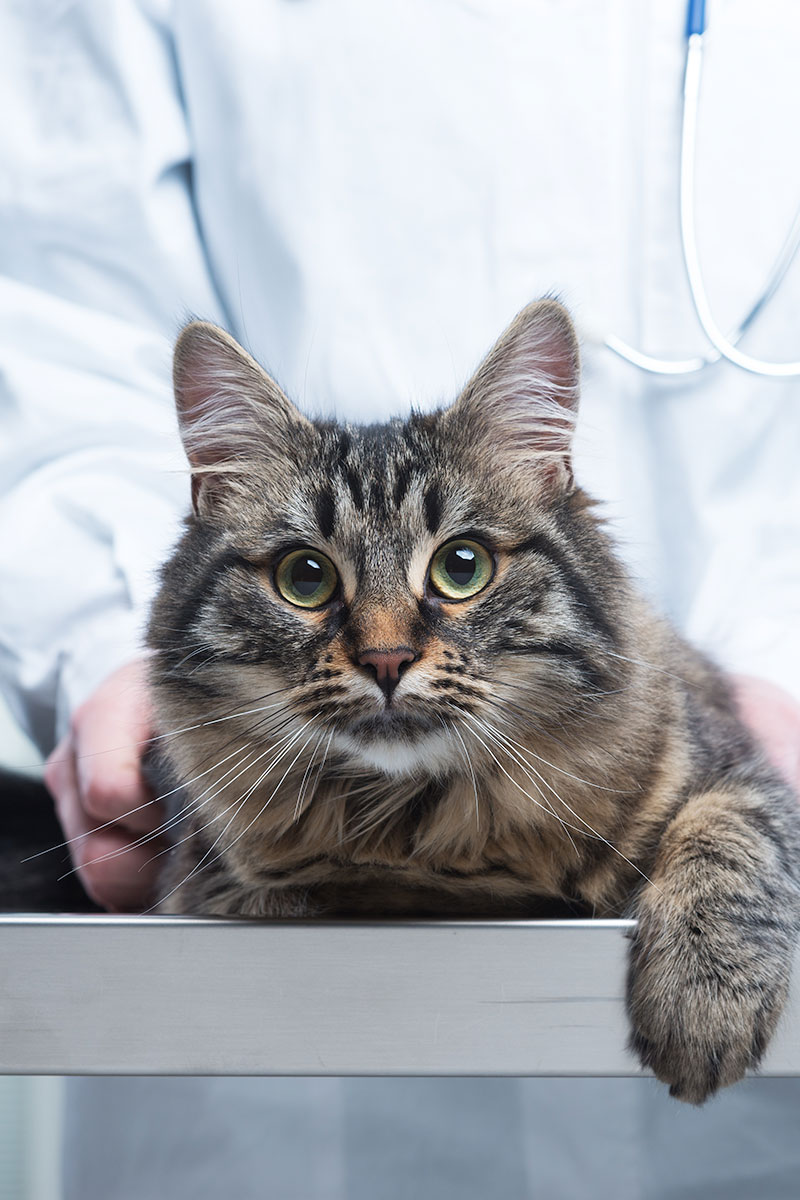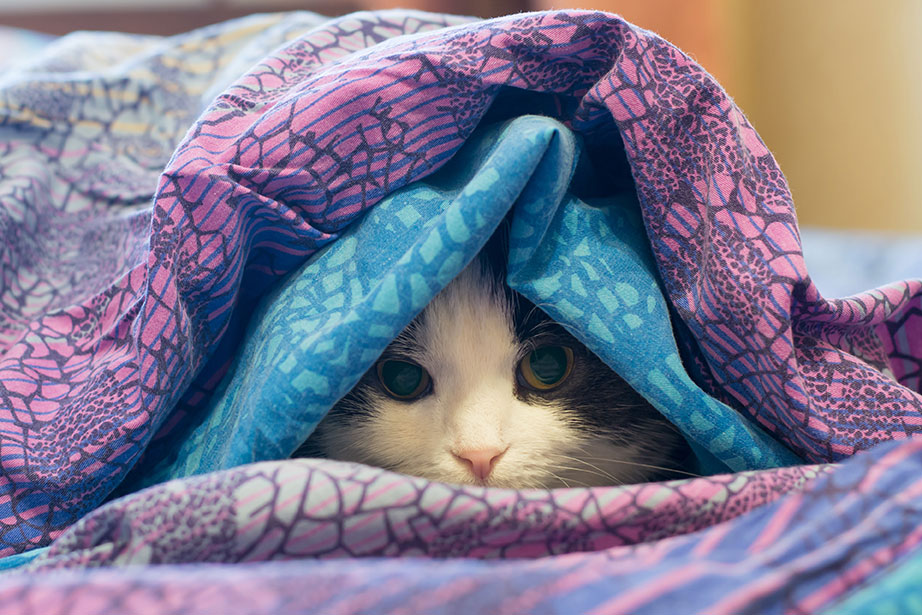Vaccination Regime
Cats We need to vaccinate your cat with an initial course to cover cat flu’s (Calicivirus, Herpes virus and Chlamydia), Panleukopenia (Feline Parvovirus) and the two AIDS viruses (Feline Leukaemia and Feline Immunodeficiency (FIV)).
This course consists of:
What are the Viruses?
Cat Flu’s
Calicivirus and Herpes virus both cause similar symptoms with conjunctivitis, mouth ulceration, gingivitis, nasal discharge, fever and secondary bacterial infection all being common. A very common disease and all cats should be vaccinated for it.
Chlamydia
Chlamydia causes many different diseases in various species but in cats it primarily causes a severe conjunctivitis.
Panleukopenia
This virus destroys bone marrow and gut cells resulting in the loss of immunity and a frequently fatal Diarrhoea. The vaccine is fantastic and now we rarely see cases of Panleukopenia.
Feline Leukaemia (FeLV)
Felv is spread when cats have close contact, typically via fighting. It is estimated that 4% of cats in WA are infected. Infected cats die within 2 years, often through the development of malignant tumours.
Feline Immunodeficiency Virus (FIV)
It is estimated that up to 20% of cats in WA are infected with FIV. Unlike in humans, FIV cats often can live for prolonged periods with infection but are predisposed to infections by other organisms.


After Vaccination Care
Side effects are rare (less than 2%) and common side effects are usually short term:
These are all unusual, tend to be short lived and rarely require treatment.
